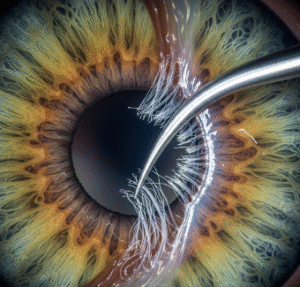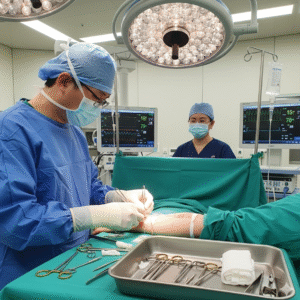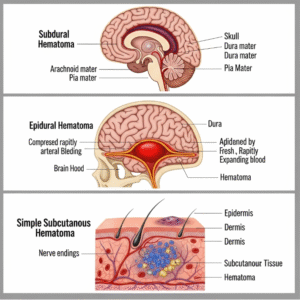Overview
Systemic sclerosis, also known as scleroderma, is a chronic autoimmune disease characterized by fibrosis (thickening and hardening) of the skin and internal organs. Calcinosis refers to the abnormal deposition of calcium salts in the skin and soft tissues, commonly seen in systemic sclerosis, causing pain and functional impairment.
What is Systemic Sclerosis with Calcinosis?
Systemic sclerosis causes excessive collagen production leading to skin tightening and organ dysfunction. Calcinosis occurs when calcium deposits form lumps or nodules under the skin, particularly over joints and pressure points. This condition can cause discomfort, ulcers, and infections.
Symptoms
- Hard, thickened skin patches
- Calcium deposits appearing as firm nodules or plaques under the skin
- Pain or tenderness over calcified areas
- Skin ulcers or open sores near calcinosis
- Raynaud’s phenomenon (cold-induced color changes in fingers and toes)
- Joint stiffness and limited movement
- Fatigue and general malaise
Causes
- Autoimmune dysregulation leading to excessive fibrosis
- Chronic inflammation damaging small blood vessels and soft tissues
- Abnormal calcium metabolism localized in tissues affected by sclerosis
Risk Factors
- Female gender (more common in women)
- Age between 30-50 years
- Genetic predisposition
- Exposure to certain environmental triggers (e.g., silica dust)
- Presence of specific autoantibodies (anticentromere, anti-Scl-70)
Complications
- Skin ulcers and infections at calcinosis sites
- Joint contractures and loss of function
- Pulmonary fibrosis affecting lung function
- Renal crisis or heart involvement in severe cases
Prevention
- Early diagnosis and treatment to control systemic sclerosis progression
- Avoidance of cold exposure to reduce Raynaud’s attacks
- Skin care to prevent ulcers and infections
- Regular monitoring for internal organ involvement
Treatment Options in Korea
Korea provides comprehensive care for systemic sclerosis with calcinosis including:
- Medical Management
- Immunosuppressive drugs (e.g., methotrexate, mycophenolate mofetil) to reduce inflammation
- Calcium channel blockers for Raynaud’s phenomenon
- Analgesics and anti-inflammatory medications for pain management
- Treatment of Calcinosis
- Surgical removal of large or painful calcium deposits
- Medications such as bisphosphonates or calcium metabolism modulators (limited evidence)
- Physical therapy to maintain joint mobility
- Multidisciplinary Care
- Rheumatology, dermatology, pulmonology, and rehabilitation specialists collaborate for holistic management
- Regular screening for lung, kidney, and heart complications













